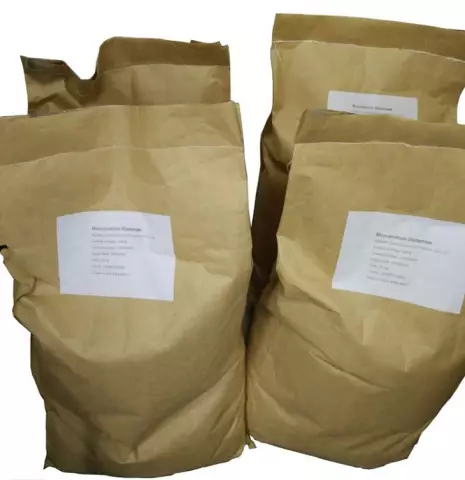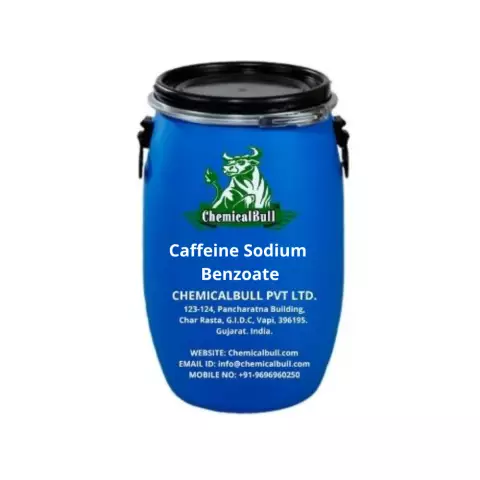- Author Rachel Wainwright [email protected].
- Public 2023-12-15 07:39.
- Last modified 2025-11-02 20:14.
Saccharin

Saccharin is a clear crystal with a sweet taste that is slightly soluble in water. Synthetic saccharin is a crystalline sodium salt, which is several times sweeter than sugar.
The history of obtaining and properties of saccharin
In 1879, scientists A. Remsen and K. Fahlberg conducted research on 2-toluenesulfonamide, as a result of which saccharin was randomly identified. A few years later, chemist K. Fahlberg patented the process of obtaining this substance and began to introduce its production. But the sulfonation method that produced saccharin was not effective.
In 1950, in Toledo, a group of scientists developed a special method for producing saccharin, which made it possible to begin mass industrial production. This method is based on the reaction of nitrous acid, sulfur dioxide, chlorine, anthranilic acid and ammonia. Later in 1967, an even more efficient method of producing saccharin was introduced, based on the reaction of benzyl chloride.
Saccharin is a colorless and odorless food additive that melts at about 225 degrees and is slightly soluble in alcohol. The substance is prescribed as a sugar substitute for patients with diabetes mellitus.
Saccharin has several main properties, which include:
- improving the taste and smell of food;
- enhancing the taste of a product or dish;
- replacing sugar as a sweetener.
The use of saccharin
Saccharin is actively used in the food industry as an additive E 954. As a flavoring and sweetening agent, it is added to confectionery, chewing gum, carbonated drinks, juices and bakery products.
In pharmaceuticals, this substance is part of antibacterial and anti-inflammatory drugs, and in industry it is used in the production of copying equipment, machine glue and rubber.

Saccharin has no calories and does not affect appetite, so it can be included in the diet menu.
The harm of saccharin
Several international medical studies have identified the harm of saccharin, which is based on the induction of malignant tumors of the genitourinary system.
Currently, although saccharin is approved for use by the Joint Expert Commission, it should be consumed in strictly limited quantities and in accordance with medical purposes. The recommended norm of the substance is 4 mg per 1 kg of human weight (1 time per day).
Patients with diabetes should not consume saccharin on a daily basis so as not to provoke side effects.
Children should not consume beverages and confectionery products containing this substance.
Found a mistake in the text? Select it and press Ctrl + Enter.






